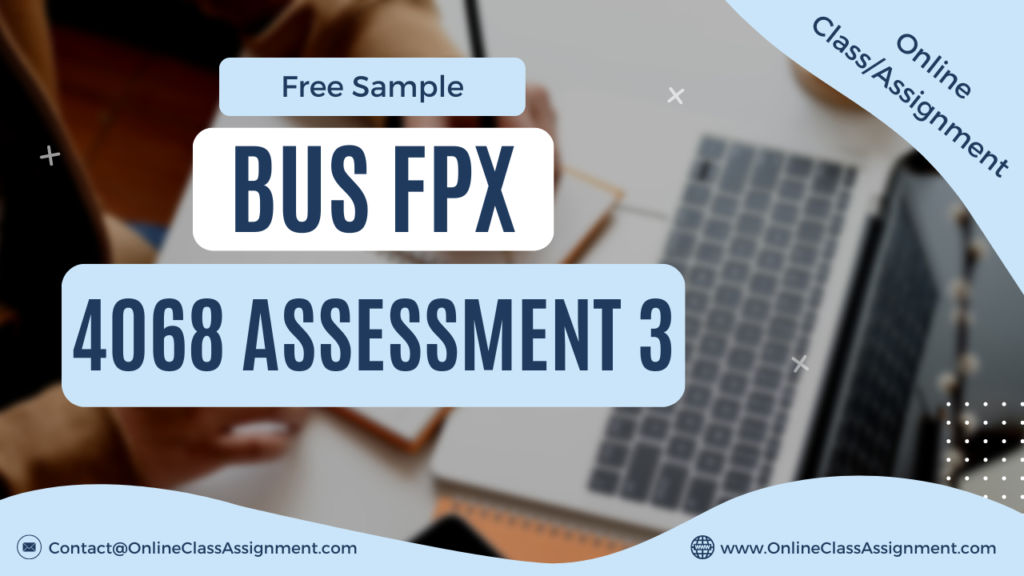
BUS FPX 4068 Assessment 3 Forensic and Non-forensic Audits
Student Name
Capella University
BUS-FPX4068 Contemporary Auditing Using Investigative Accounting Practices
Prof. Name
Date
Case 1:
Possible Check Fraud Schemes and Control Processes:
The company faces potential risks associated with various check fraud schemes, including check tampering, check washing, or check laundering. Check tampering involves the illicit cashing of legitimate checks by employees for personal gain, often through the use of false identities. Check washing involves chemically altering checks to modify payee names or amounts, while check laundering exploits lax scrutiny of authenticity or accuracy (Hopwood, Leiner, & Young, 2012). Implementing control processes such as automated check verification systems at the point of sale or requiring salespersons to initial received checks can serve as deterrents to such fraudulent activities.
Employees in a Position for Check Fraud:
Employees across various roles such as salespersons, department managers, general managers, and controllers may have access to checks and could potentially engage in check fraud schemes. Without robust verification or accountability systems at the point of sale, identifying instances where legitimate checks are swapped for fraudulent ones becomes significantly challenging.
Case 2:
Acceptability of Heather’s Options under GAAP:
None of the options considered by Heather would align with generally accepted accounting principles (GAAP). Altering the estimated percentage of completion to conceal contract losses directly contradicts GAAP, which mandates the recognition of losses. Premature revenue recognition and the utilization of mark-to-market methods are both deceptive practices that fail to provide stakeholders with accurate financial information (Hopwood, Leiner, & Young, 2012).
Financial Statements Fraud:
Engaging in premature revenue recognition and misstating the percentage of completion would constitute financial statement fraud, as both actions distort the company’s financial performance and integrity (Hopwood, Leiner, & Young, 2012).
Handling the Situation:
In Heather’s position, prioritizing honesty and integrity is paramount. Transparently disclosing the loss incurred by previous owners and engaging stakeholders openly is essential. Exploring alternative strategies to mitigate losses, such as integrating defaulted recreational vehicles into remaining inventory or considering relocation to Mexico, would be advisable. Decision-making should be geared towards long-term sustainability and preserving stakeholder trust.
Case 3:
Feasibility of SOX 404 Compliance for a Three-Person Company:
Achieving compliance with Section 404 of the Sarbanes-Oxley Act (SOX) for a three-person company presents challenges but remains feasible, especially considering special considerations for small entities. Micro-cap companies like theirs must adhere to scaled-down compliance requirements compared to larger corporations (Hopwood, Leiner, & Young, 2012).
General Steps for Compliance:
The siblings must prioritize strong leadership involvement, establish an effective board of directors, and compensate for limited segregation of duties and technological resources. Given their constraints, each member must excel in their respective roles, overseeing multiple aspects of financial reporting and operational functions (Hopwood, Leiner, & Young, 2012).
References:
Hopwood, W. S., Leiner, J. J., & Young, G. R. (2012). Forensic accounting and fraud examination (2nd ed.). McGraw-Hill.
Paull, L. (2018). Provisions for estimated contract losses. LaPorte CPAs & Business Advisors. Retrieved on June 12th, 2022, from https://laporte.com/knowledgecenter/audit-andassurance-services/provisions-for-estimated-contract-losses
BUS FPX 4068 Assessment 3 Forensic and Non-forensic Audits
Get Capella University Free Business Samples
BUS FPX 3007
BUS FPX 3011
BUS FPX 3021
BUS FPX 3022
BUS FPX 3030
BUS FPX 3040
BUS FPX 3050
BUS FPX 4012
